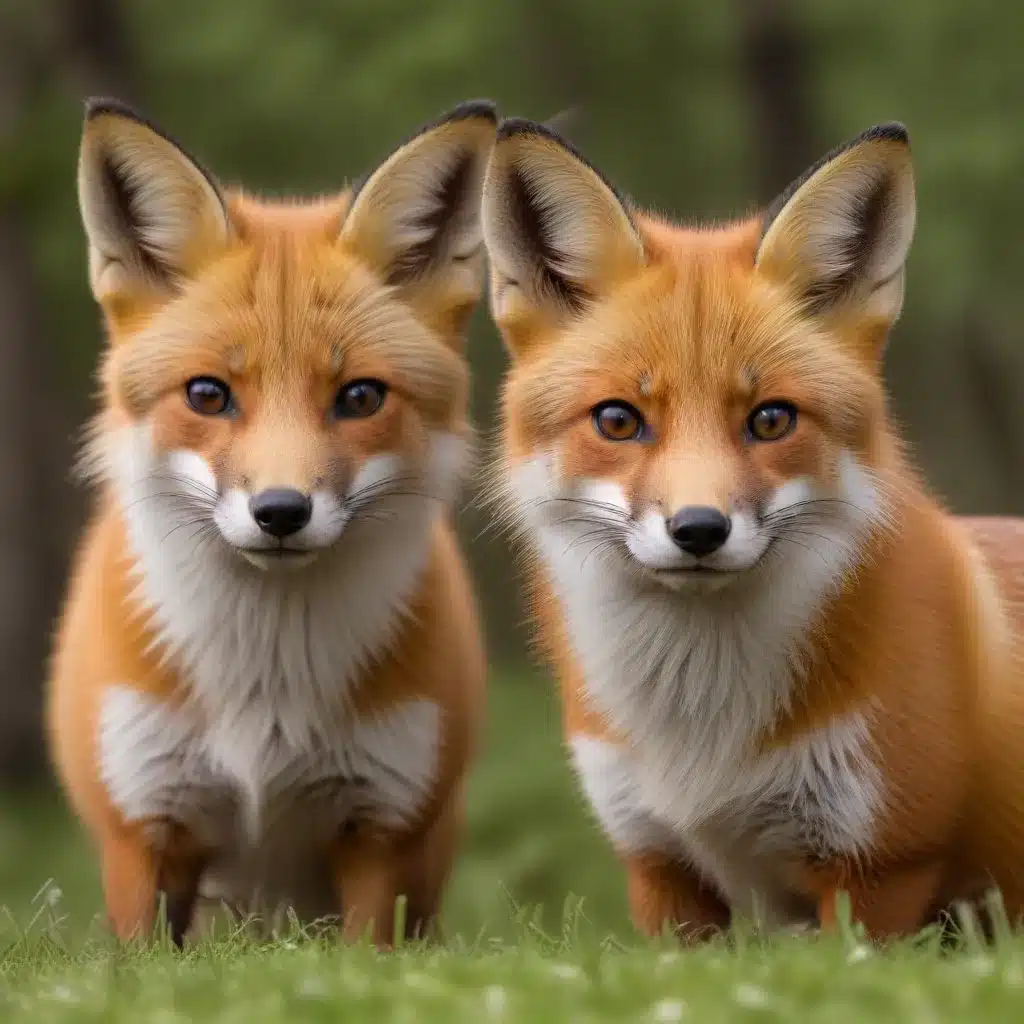
Anthropogenic Impacts on Ecosystems
Subsidisation of Wildlife Populations
Humans have a profound influence on natural ecosystems, often to the detriment of native species and the overall ecological balance. One particularly concerning phenomenon is the subsidisation of certain wildlife populations through the inadvertent or deliberate provision of anthropogenic resources. This can lead to the artificial inflation of predator numbers, creating imbalances that ripple throughout the food web.
The red fox (Vulpes vulpes) is a prime example of a generalist predator that thrives in human-modified landscapes. Foxes are highly adaptable and can exploit a wide variety of food sources, including garbage, pet food, livestock, and crops. By tapping into these abundant anthropogenic subsidies, foxes can attain unnaturally high population densities, which in turn increases their predatory impact on vulnerable native species.
Invasive Species and Ecosystem Disruption
The proliferation of red foxes, often facilitated by human activities, has had devastating consequences for many ecosystems worldwide. As an invasive species in regions like Australia, foxes have contributed to the decline and even extinction of numerous small- to medium-sized native mammals, birds, and reptiles. Their opportunistic and adaptable nature allows them to outcompete and prey upon indigenous species that may not have evolved effective defenses against this novel threat.
Consequences for Native Avian Species
Ground-nesting birds are particularly susceptible to the predatory impacts of foxes. Species like the Eurasian curlew (Numenius arquata), a bird of high conservation concern, have experienced significant population declines due to high rates of nest predation and poor chick survival in areas where foxes thrive. The artificial subsidisation of foxes through anthropogenic resources can exacerbate this threat, leading to further erosion of avian biodiversity in affected regions.
National Park Conservation Challenges
Balancing Human Activities and Ecological Preservation
National parks are intended to be bastions of biodiversity, where native species can thrive in a protected environment. However, the presence of human settlements, infrastructure, and recreational activities within and around these parks can create ongoing challenges for conservation efforts. Striking the right balance between accommodating human needs and preserving the ecological integrity of these precious landscapes is a constant struggle for park managers.
Monitoring and Mitigating Anthropogenic Influences
Effectively managing the impacts of human activities in national parks requires a comprehensive understanding of how these influences affect the local ecosystem. Ongoing monitoring of wildlife populations, habitat conditions, and the presence of anthropogenic resources is crucial for identifying and addressing emerging threats. Developing and implementing targeted mitigation strategies, such as improved waste management and public education, can help to reduce the subsidisation of problematic species like the red fox.
Protecting Vulnerable Avian Populations
Many national parks are home to a diverse array of avian species, some of which may be highly threatened or vulnerable to the impacts of invasive predators. Safeguarding these populations often requires active management interventions, such as predator control programs, habitat restoration, and the establishment of predator-proof nesting areas. Maintaining healthy and resilient avian communities is a key priority for national park conservation efforts.
Predator-Prey Dynamics in Protected Areas
Apex Predator Behavior and Adaptations
Red foxes are skilled and opportunistic predators, capable of exploiting a wide range of prey species. Their adaptations, such as keen senses, agility, and a generalist diet, allow them to thrive in diverse environments, including human-modified landscapes. Understanding the behavioral and ecological characteristics of foxes is crucial for developing effective management strategies within national parks.
Impacts on Avian Community Structure
The presence of foxes can have cascading effects on the entire avian community within a national park. As efficient nest predators, they can severely impact the breeding success and population dynamics of ground-nesting species. This, in turn, can lead to shifts in the overall community composition, as more resilient or adaptable birds may outcompete the affected species.
Cascading Effects on Ecosystem Function
The disruption of predator-prey relationships caused by the subsidisation of red foxes can have far-reaching consequences for the broader ecosystem. The decline or loss of certain avian species may disrupt essential ecological processes, such as seed dispersal, insect control, and nutrient cycling. These changes can ultimately undermine the overall health and resilience of the protected area.
Avian Responses to Environmental Change
Habitat Fragmentation and Avian Populations
The presence of human infrastructure and activities within national parks can lead to habitat fragmentation, creating barriers and disrupting the natural movements and behaviors of avian species. This can isolate populations, reduce genetic diversity, and make them more vulnerable to the impacts of invasive predators like the red fox.
Adaptive Strategies of Birds in Altered Landscapes
Some avian species may exhibit remarkable adaptability in the face of environmental change, such as developing innovative foraging strategies or nesting behaviors to cope with the presence of foxes. Understanding these adaptive responses can inform conservation efforts and guide the development of targeted management interventions.
Conservation Efforts for Threatened Avian Species
Protecting vulnerable avian populations in national parks often requires a multifaceted approach, including predator control, habitat restoration, and the implementation of specialized nesting sites or refuges. Collaboration between park managers, researchers, and the broader community is essential for the success of these conservation initiatives.
At Mika Birds Farm, we are committed to supporting the conservation of avian species in protected areas. By sharing our expertise and insights, we aim to empower park managers, wildlife biologists, and concerned citizens to tackle the challenges posed by anthropogenic subsidisation of invasive predators like the red fox. Through proactive and holistic management strategies, we can work to safeguard the ecological integrity of national parks and ensure the long-term survival of their precious avian inhabitants.


